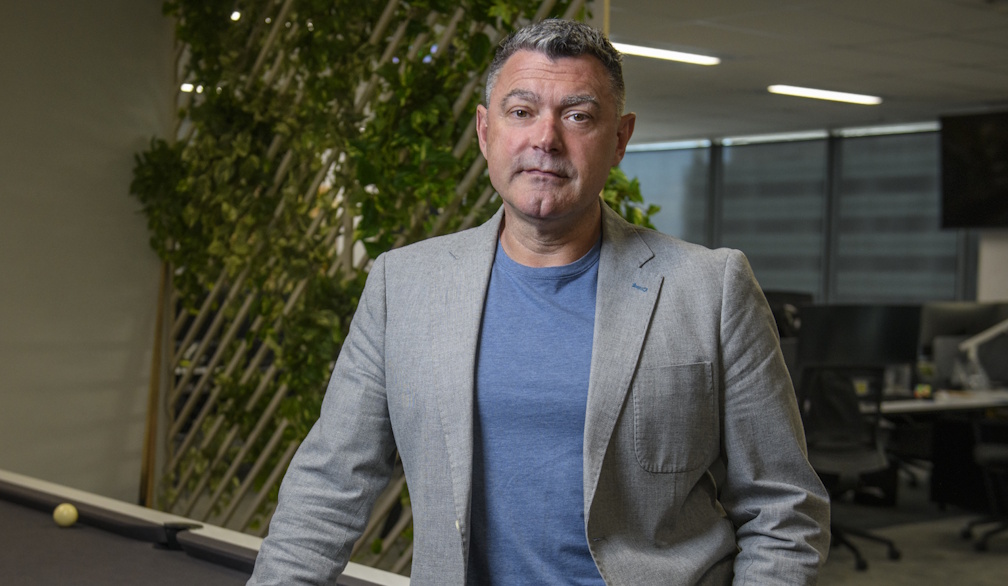What if the Reserve Bank itself has been feeding inflation? An economist explains
- Written by Matthew Crocker, PhD Student in Economics, Deakin University
Here’s something for the board of the Reserve Bank of Australia to ponder as it meets next month to set interest rates.
It has pushed up rates on 13 occasions since it began its attempt to restrain inflation in May 2022[1].
On each occasion, its rationale was that by making borrowing more expensive, it would take money out of the economy. Yet, at the same time, it has also been pushing money into the economy and potentially feeding inflation.
It helps to know a bit about the relationship between the Reserve Bank and the private banks that bank with it.
Banker to the banks
Each of the private banks has an exchange settlement account[2] at the Reserve Bank. The banks use these accounts to make payments to one another.
Here’s why. Every day some of the customers of each bank want to transfer money to the customers of other banks, usually to pay for services or goods.
To a large extent, the transactions cancel each other out, because, say, Westpac needs to transfer about as much to the ANZ as the ANZ needs to transfer to Westpac. But they don’t cancel out completely, meaning that at the end of each day Westpac might need to make a net payment to the ANZ.
It does this by transferring funds from its exchange settlement account at the Reserve Bank to the ANZ’s settlement account at the Reserve Bank.
If Westpac doesn’t have enough cash in its account, it will borrow from another bank that does, at a rate known as the overnight cash rate[4].
The overnight cash rate is the rate the Reserve Bank tries to influence when it adjusts interest rates.
How it adjusts the overnight cash rate is slightly more complicated[5]. It sets two other rates.
The Reserve Bank pays interest to banks that have excess cash in their settlement accounts and it charges interest to banks that need to borrow cash from it to settle their payments.
It is by setting these two rates – either side of the overnight cash rate – that the Reserve Bank nudges the cash rate up or down.
Historically, the Reserve Bank ensured there was just enough cash in the exchange settlement system to meet the banks’ needs, neither too much nor too little. It called it a “scarce reserves[6]” system.
From just enough cash to an abundance of cash
If there was too much cash in the system, the Reserve Bank sold financial instruments such as bonds to banks, requiring them to pay from their exchange settlement account. If there was too little, it bought financial instruments from them, paying cash into their account.
That’s until COVID. In 2020 it stopped buying bonds from banks, leaving cash to accumulate in their accounts in what it called an “abundant reserves[7]” system. This was done to ensure the banking system had more than enough cash to deal with whatever was in store.
And because the Reserve Bank was also lending billions to the banks through its Term Funding Facility[8] an awful lot of cash accumulated in these accounts.
Beginning in 2020, the amount of surplus cash in the system exploded, from very little in the years leading up to COVID to A$450 billion.
To start with, the Reserve Bank wasn’t required to pay much interest on these extra hundreds of billions because its cash rate target was close to zero. But as it lifted rates to get on top of inflation, it began to pay serious sums.
My calculations suggest that since the Reserve Bank began lifting rates in May 2022 it has paid out more than $25 billion in interest, in some months paying more than $1.3 billion.
To put that $25 billion in perspective, it is more than the $20 billion the government plans to spend on modernising the electricity network[9]. An important difference is that for the billions paid out by the Reserve Bank, there’s no direct benefit to the public.
Each time the Reserve Bank has pushed up rates, it has had to pay out more in interest, which means it has been been pumping money into the economy potentially feeding inflation at the same time as it announced measures to restrain it.
Against this, in recent months the COVID-era Term Funding Facility has been winding down, as the three-year loans issued to banks expire. The last will expire in the middle of this year[10], winding back the surplus cash in exchange settlement accounts.
But my calculations suggest when this happens there is still likely to be $200 billion of surplus cash in the accounts and about $700 million paid to the banks in interest each month this year.
Excess cash is set to stay
It’d be open to the Reserve Bank to soak up the excess cash by selling the banks enough financial instruments to return to the system of scarce reserves.
But earlier this month it announced it wasn’t planning to go that far[11].
It said ensuring the banks had just enough cash to transfer funds to each other had required a lot of effort on its part, forcing it to buy and sell financial assets daily, and sometimes more than daily.
And it said the banks seem to have adapted to having more than enough reserves, and the extra reserves made the system resilient to shocks.
It will move instead to a new system it will call “ample reserves”, selling enough bonds to limit excess reserves, but not too harshly[12].
Read more: As the COVID cash glut comes to an end, the Reserve Bank is changing the way it sets and maintains interest rates[13]
This new system will mean that when it next pushes up rates (most likely not for a long time) it will again be working against itself to some extent, putting more money into the hands of the banks.
How much has the interest paid out by the Reserve Bank contributed to Australia’s inflation problem? I don’t know. But I think it’s time we consider the whole picture.
References
- ^ May 2022 (www.rba.gov.au)
- ^ exchange settlement account (www.rba.gov.au)
- ^ AAP (photos.aap.com.au)
- ^ overnight cash rate (www.rba.gov.au)
- ^ complicated (www.rba.gov.au)
- ^ scarce reserves (www.rba.gov.au)
- ^ abundant reserves (www.rba.gov.au)
- ^ Term Funding Facility (www.rba.gov.au)
- ^ modernising the electricity network (www.dcceew.gov.au)
- ^ middle of this year (www.rba.gov.au)
- ^ wasn’t planning to go that far (www.rba.gov.au)
- ^ not too harshly (www.rba.gov.au)
- ^ As the COVID cash glut comes to an end, the Reserve Bank is changing the way it sets and maintains interest rates (theconversation.com)
Authors: Matthew Crocker, PhD Student in Economics, Deakin University














